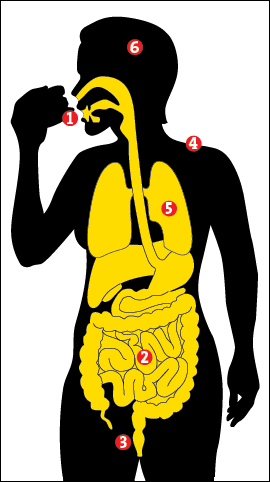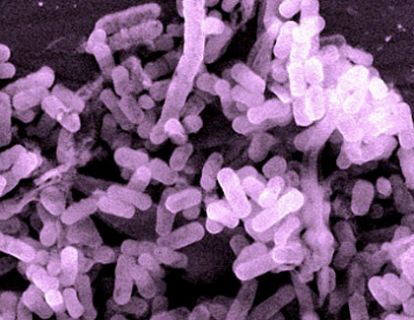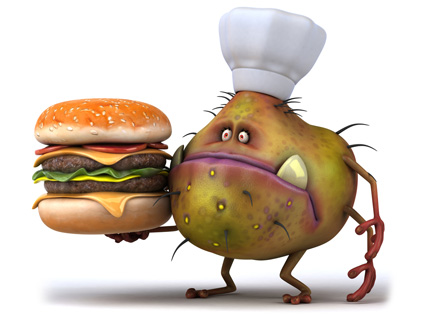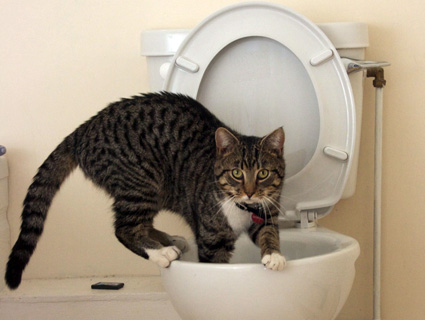You may think of yourself as human, but 90 percent of the cells in your body are actually bacterial. That’s 100 trillion microbes living on your skin, in your gut, up your nostril—any body surface you can think of. These bacteria aren’t here to make you sick—not usually, at least—and scientists are just beginning to discover how our healthy bodies interact with them. Here are a few places where you’ll find complex bacterial communities and their footprints.

1. Mouth
Calcified dental plaque from ancient skulls tell us that mouth microbes became less diverse as we switched from varied hunter-gatherer diets to carb-heavy agricultural ones—and the bugs that thrive on all this sugar cause gum disease and cavities. Mouthwash, which wipes out beneficial and halitosis-causing bugs alike, could do more harm than good.
2. Gut
Most of the human microbiota lives in the warm, moist confines of the gut. These gut microbes do everything from digesting otherwise indigestible fibers to guiding the development of the immune system to altering your metabolism. In fact, changes in gut bacteria can disrupt the hormones, such as insulin, that regulate appetite and energy. A healthy, balanced gut community is vital, which is why fecal transplants, as gross as they might sound, are all the rage in certain medical circles. The influx of microbes from a healthy person’s feces can cure antibiotic-resistant C. difficile and possibly even reset obesity-associated metabolic problems. If other people’s poop grosses you out, then one Belgian biologist suggests healthy people freeze their own poopsicle for future use.
3. Vagina
In the birth canal babies encounter their very first bacteria, one of which is Lactobacillus johnsonii. This milk-digesting microbe, only common in women’s vaginas when they are pregnant, likely enables babies to metabolize breast milk. Missing L. johnsonii and other vaginal bacteria is linked to a whole host of health problems for babies born C-section, including susceptibility to skin infections, allergies, and asthma.
4. Skin
The surface of the skin is teeming with bacteria, all duking it out for the privilege of living on you. Some bacteria bring weapons to the fight; Staphylococcus epidermidis, for instance, makes anti-microbials that keep harmful critters at bay. It also interacts with the immune system to heal wounds. Hand sanitizer, which is used to kill nastier skin microbes like the infamous staph infection-causing Staphyloccus aureus, wipes out benign and friendly bacteria too.
5. Lungs
A trio of bacteria in babies’ respiratory systems is associated with higher rates of asthma later in life. Another study suggested that Helicobacter pylori, a bacteria that causes ulcers in the gut, may actually protect against asthma in children by suppressing inflammation.*
6. Brain
The brain/gut biome feedback loop isn’t just about hunger and energy regulation hormones. Bacteria may affect neurotransmitters too: Germ-free mice have higher brain levels of the neurotransmitter serotonin, which is often discussed in the context of depression. Indeed, it’s thought that 95 percent of all the body’s serotonin is made in the gut.
*Correction: An earlier version of this article misidentified where Helicobacter pylori can exist in the body.













